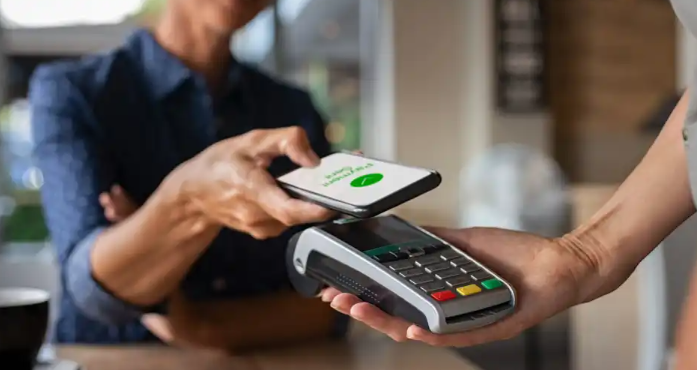Payment processing is one of the most vital components involved with every business transaction. This simply allows purchases of goods and services through customer use of credit cards, debit cards, or any other digital-based mode of payment. The progress in understanding the steps taken in payment processing will enable the same to handle the transactions efficiently and safely. Let’s delve into the major stages in the journey of payment processing.
1. Authorization
Payment processing begins with authorization, where the customer initiates a transaction with his or her information, usually through a credit or debit card number. Information about the transaction gets passed to the merchant’s payment gateway, which then relays this to the issuer of the card, normally the customer’s bank. In return, the card issuer checks whether the cardholder has enough balance in his account and verifies the authenticity of the transaction. The response is sent back to the merchant and includes an authorization code meaning the transaction has been approved.
2. Authentication
Next, authentication allows additional verification, confirming whether or not the transaction is fraudulent. This typically includes security such as CVV codes, the three or four-digit security number on the card; 3D Secure verification, such as Verified by Visa and SecureCode by Visa and Mastercard, respectively; or two-factor authentication, such as sending a one-time password with the customer’s phone. Authentication protects the merchant and the customer alike against fraud.
3. Clearing
When any transaction gets authorization and authentication, it reaches a phase of clearing. Here, the transaction details go to the merchant’s acquiring bank, which in turn communicates with payment networks like Visa, Mastercard, or American Express. It is here that the details get confirmed, and the transaction gets ready for settlement. Usually, clearing occurs within 24 hours of the time of the transaction.
4. Settlement
In the settlement step, money flows from the bank of the customer, known as the issuing bank, to the merchant’s bank, which is called the acquiring bank. At this stage, the purchase amount should be subtracted from the customer’s account and credited into the merchant’s account. This may take a few days but is usually rather fast, considering the banks and payment networks involved.
5. Funding
Settlement is the funding of the payment. The merchant’s acquiring bank deposits the payment in his business account after settlement. The time required to perform this action depends upon the payment processor, with instant as well as within a few days, options. Now the funds become available to the merchant to use and complete the cycle of payment processing.
This post was written by a professional by Exzact Business Solutions. TRANSPARENT | AFFORDABLE | SIMPLE Merchant Services, Websites, and Social Media Done Right. Exzact Business Solutions are on a mission to educate local businesses to ensure smiles, savings, and solutions. Exzact clients save an average of 30% on their processing alone. No Contracts, Free Equipment, Local Support, No Rate Increases, and More. Exzact Business Solutions goal is to educate the local business community in order to ensure smiles, savings and solutions. Exzact Business Solutions is an Independent Sales Organization with strategic partnerships dedicated to cultivating reliable and trustworthy relationships in the Payment Card Industry, allowing to tailor products and services to the needs of each merchant. Contact EBS and see what a difference having the right advocate can make!


Leave a Reply